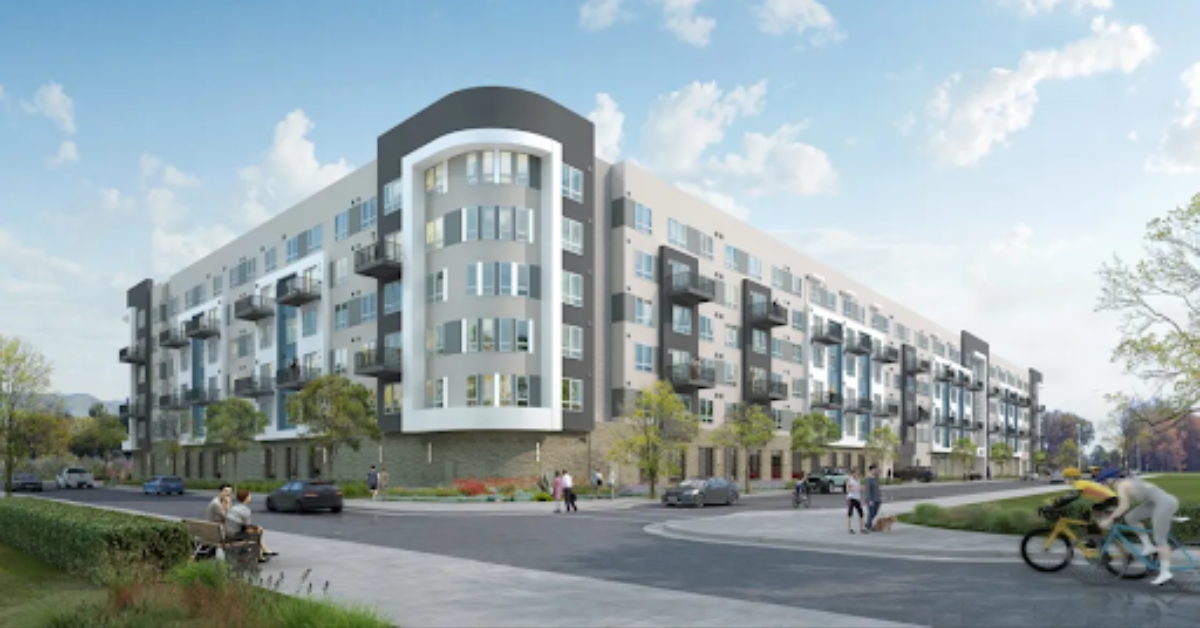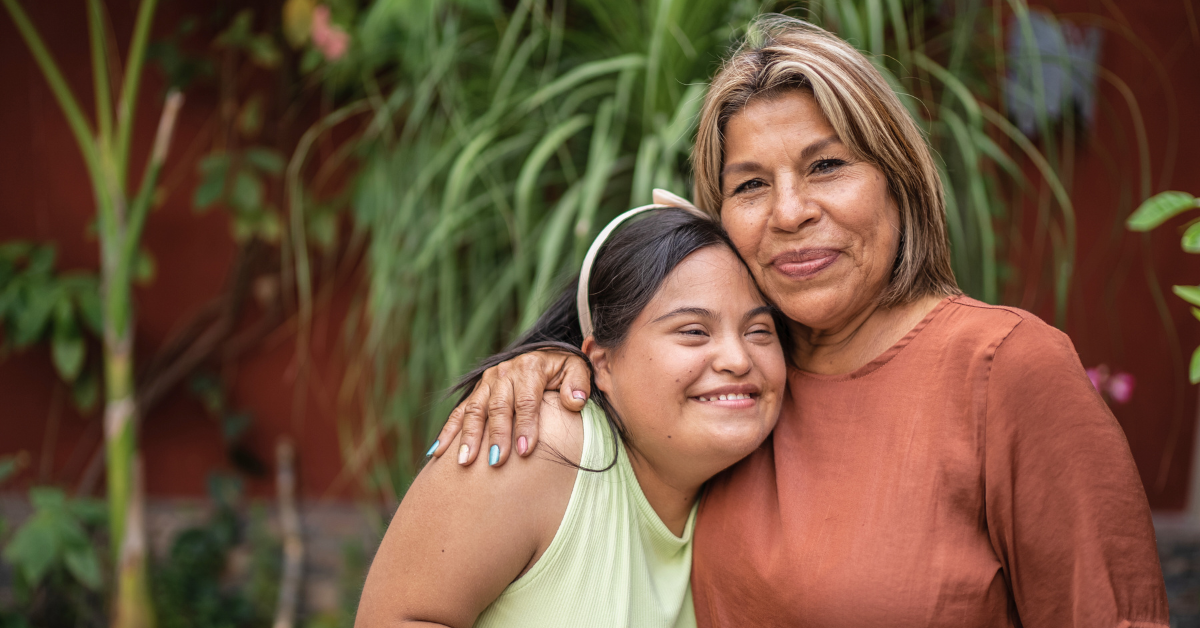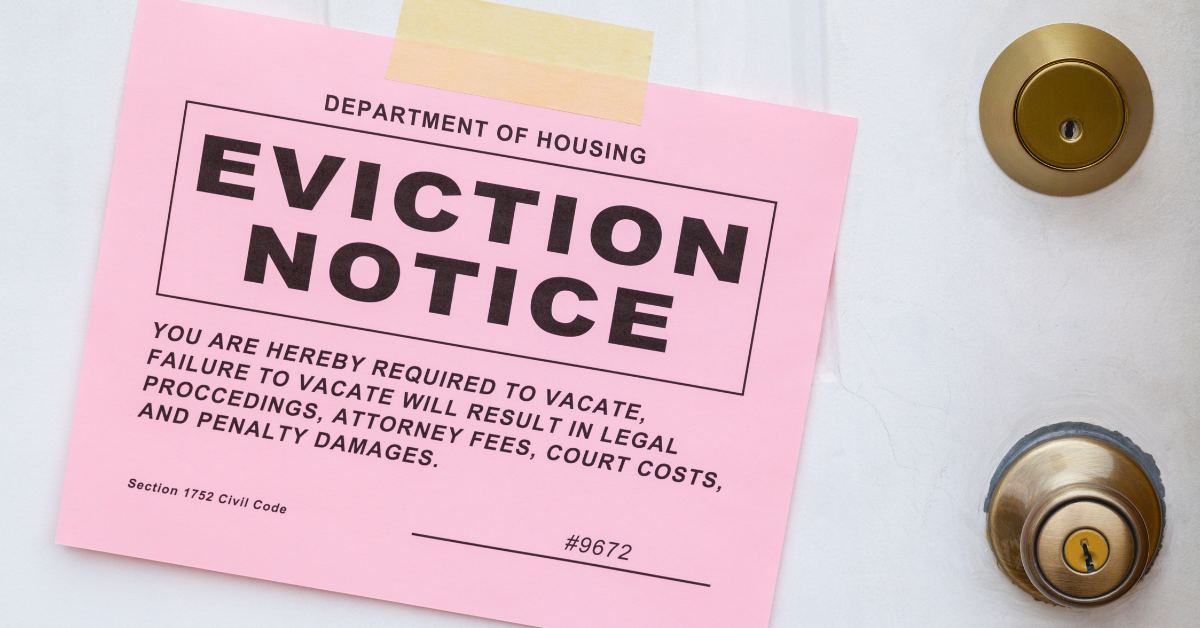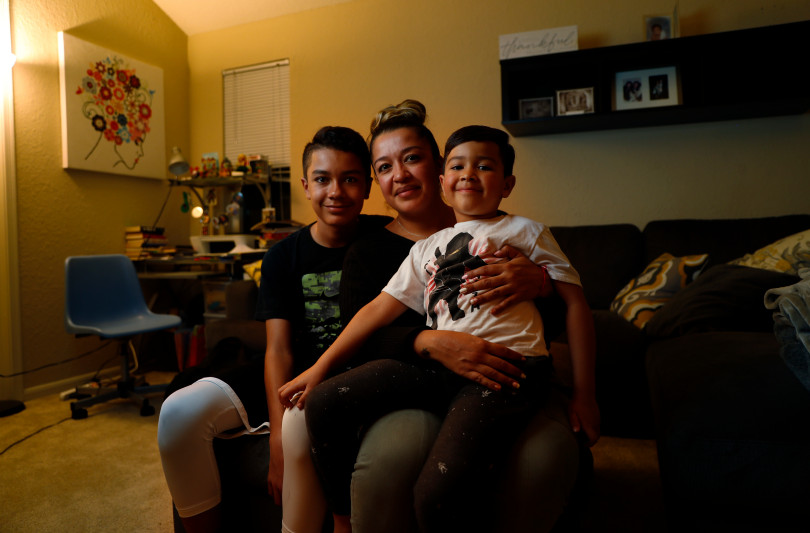The California Housing Partnership Corporation (CHPC) tracks all income-restricted apartments that have been developed with funding from HUD (in the form of either development financing, or a Project-Based Rental Assistance contract with the property owner, or both), development financing from Low-Income Housing Tax Credits (LIHTC), or the Off-Farm Program development financing from the US Department of Agriculture (USDA). Most cities in Santa Clara County, with the exception of Los Altos, Los Altos Hills, and Monte Sereno, have at least one HUD-funded project and one Tax Credit-funded project. The USDA-funded units are all in Gilroy.
When affordable housing is built with public funds, the housing units must be income-restricted for a specific period of time. Once that period of time has lapsed, the apartments can be converted to market rate, a process that usually results in displacement of residents who relied on the affordability restrictions. This conversion also results in the loss of affordable housing units, increasing pressure in lower-income households.
“At-risk” rental apartments are those affordable to lower- or moderate-income households that are in danger of conversion to market rate when the term of the affordability restriction ends. Cities and counties are required to provide in their housing elements a program for preserving at-risk properties, including actions to monitor, finance, provide technical and regulatory assistance, and actions to assist tenants.
CHPC uses the following categories for assisted housing developments in its database:
Low Risk: affordable homes that are at-risk of converting to market rate in 10+ years and/or are owned by a large/stable nonprofit, mission-driven developer.
Moderate Risk: affordable homes that are at-risk of converting to market rate in the next 5-10 years that do not have a known overlapping subsidy that would extend affordability and are not owned by a large/stable nonprofit, mission-driven developer.
High Risk: affordable homes that are at-risk of converting to market rate in the next 1-5 years that do not have a known overlapping subsidy that would extend affordability and are not owned by a large/stable nonprofit, mission-driven developer.
Very-High Risk: affordable homes that are at-risk of converting to market rate within the next year that do not have a known overlapping subsidy that would extend affordability and are not owned by a large/stable nonprofit, mission-driven developer.
As of April 2025, out of the total of 39,086 units reported below, 36,268 are rated as Low Risk. The remaining 2,818 units, with moderate to very high-risk ratings, are distributed throughout the County, as shown in the matrix below.
| Jurisdiction | Low Risk | Moderate Risk | High Risk | Very High Risk | Total |
| Campbell | 611 | 0 | 73 | 0 | 684 |
| Cupertino | 100 | 100 | 0 | 0 | 200 |
| Gilroy | 1,890 | 74 | 50 | 0 | 2,014 |
| Los Altos | 88 | 0 | 0 | 0 | 88 |
| Los Altos Hills | 0 | 0 | 0 | 0 | 0 |
| Los Gatos | 218 | 0 | 0 | 0 | 218 |
| Milpitas | 707 | 0 | 149 | 0 | 856 |
| Monte Sereno | 0 | 0 | 0 | 0 | 0 |
| Morgan Hill | 1,582 | 0 | 0 | 0 | 1,582 |
| Mountain View | 1,795 | 0 | 0 | 0 | 1,795 |
| Palo Alto | 1,539 | 50 | 0 | 72 | 1,661 |
| San Jose | 23,891 | 261 | 1,322 | 326 | 25,800 |
| Santa Clara | 2,182 | 6 | 133 | 0 | 2,321 |
| Saratoga | 168 | 0 | 0 | 0 | 168 |
| Sunnyvale | 1,497 | 0 | 202 | 0 | 1,699 |
| Unincorporated Santa Clara County | 0 | 0 | 0 | 0 | 0 |
| Total Units, All Jurisdictions Countywide | 36,268 | 491 | 1,929 | 398 | 39,086 |
Source: California Housing Partnership Corporation Preservation Database
Note: While California Housing Partnership’s Preservation Database is the state’s most comprehensive source of information on subsidized affordable housing at risk of losing its affordable status and converting to market-rate housing, this database does not include all deed-restricted affordable units in the state. Consequently, there may be at-risk assisted units in a jurisdiction that are not captured in this data table.
Learn more about best practices for local government preservation strategies.
Additional Resources
National Housing Preservation Database
California Housing Partnership: Affordable Homes At-Risk, April 2025
California Housing Partnership: Unsubsidized Affordable Homes At-Risk, April 2025



